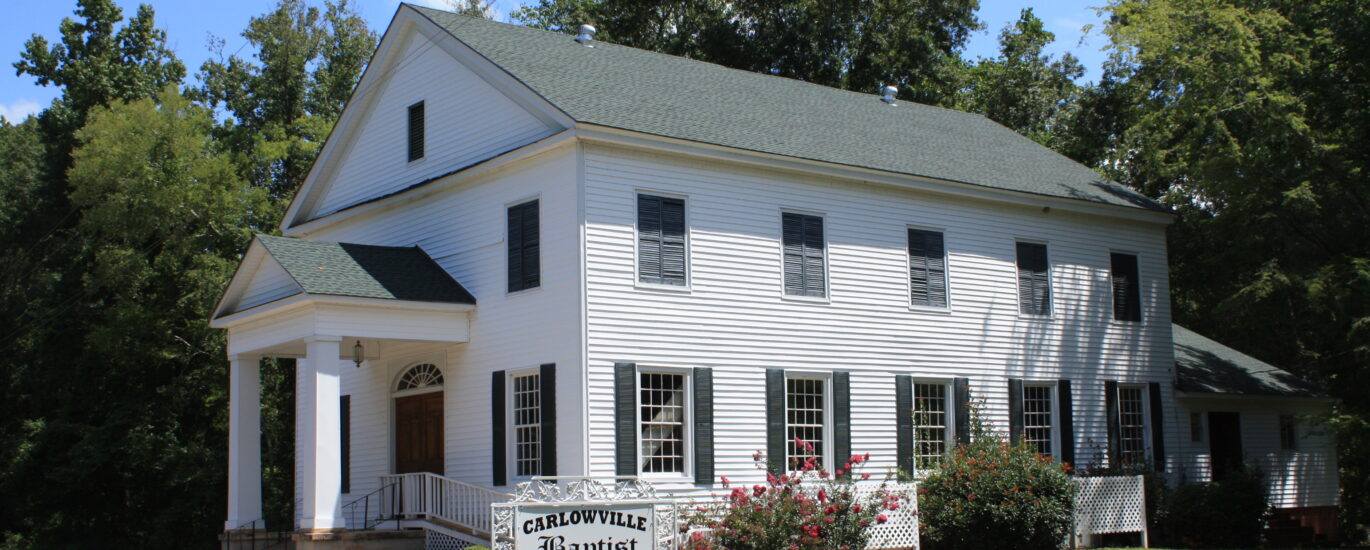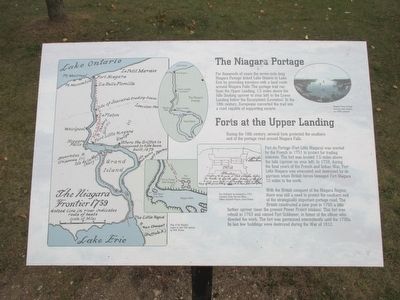Welcome to the Carlowville Historic District, a charming testament to the architectural and cultural evolution of rural Alabama. Established in the early 19th century, Carlowville offers a captivating glimpse into the past with its blend of Colonial Georgian, Federal, and Greek Revival architectural styles. The district spans 780 acres and is a serene escape, centered along Alabama State Route 89.
The roots of Carlowville trace back to settlers from the Atlantic seaboard, who brought with them a rich architectural tradition. Among the notable structures is the Rumpt-Alison House, built around 1840, showcasing Greek Revival elegance with its two-tiered portico. This style dominates the district, evidenced by the stately Lee-Wade House and St. Paul’s Episcopal Church, both embodying the grandeur of the period.
St. Paul’s Episcopal Church, constructed in 1838, is not only a marvel of Greek Revival architecture but also bears a Gothic Revival bell tower, added in the late 19th century. This church stands as a spiritual cornerstone for the community, maintaining its historical integrity and continuing to serve as a place of worship.
Carlowville was officially recognized on the National Register of Historic Places in 1978, highlighting its significance as a “pleasant blending of nineteenth and twentieth century architecture in a quiet, rural environment.” Among the 21 contributing properties, the Alison-Wade House and the Carlowville Baptist Church, dating back to the 1830s and 1840s, tell stories of a bygone era.
The Carlowville Historic District is more than a collection of old buildings; it’s a living narrative of the families who built and inhabited these homes. Many structures remain in the hands of descendants of the original settlers, preserving the legacy and stories of those who laid the foundations of this community.
As you explore, imagine the vibrant community life of the 19th century, where neighbors gathered in these grand homes and churches, sharing both struggles and celebrations. Each building has its tale, from the Calhoun Law Office, established by Judge James Martin Calhoun, to the Alison-Youngblood House, which underwent a Neoclassical transformation in the 1920s. Every corner of Carlowville whispers stories of perseverance, adaptation, and enduring heritage.



